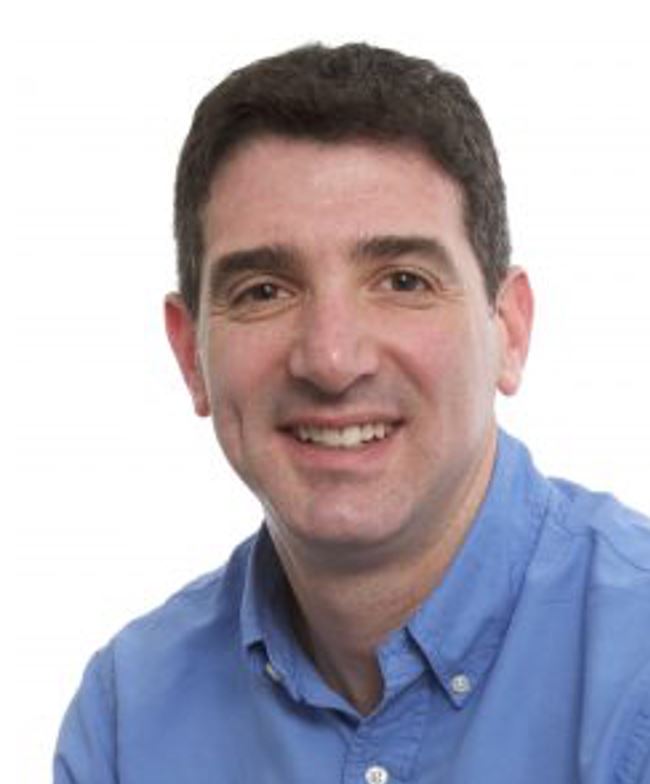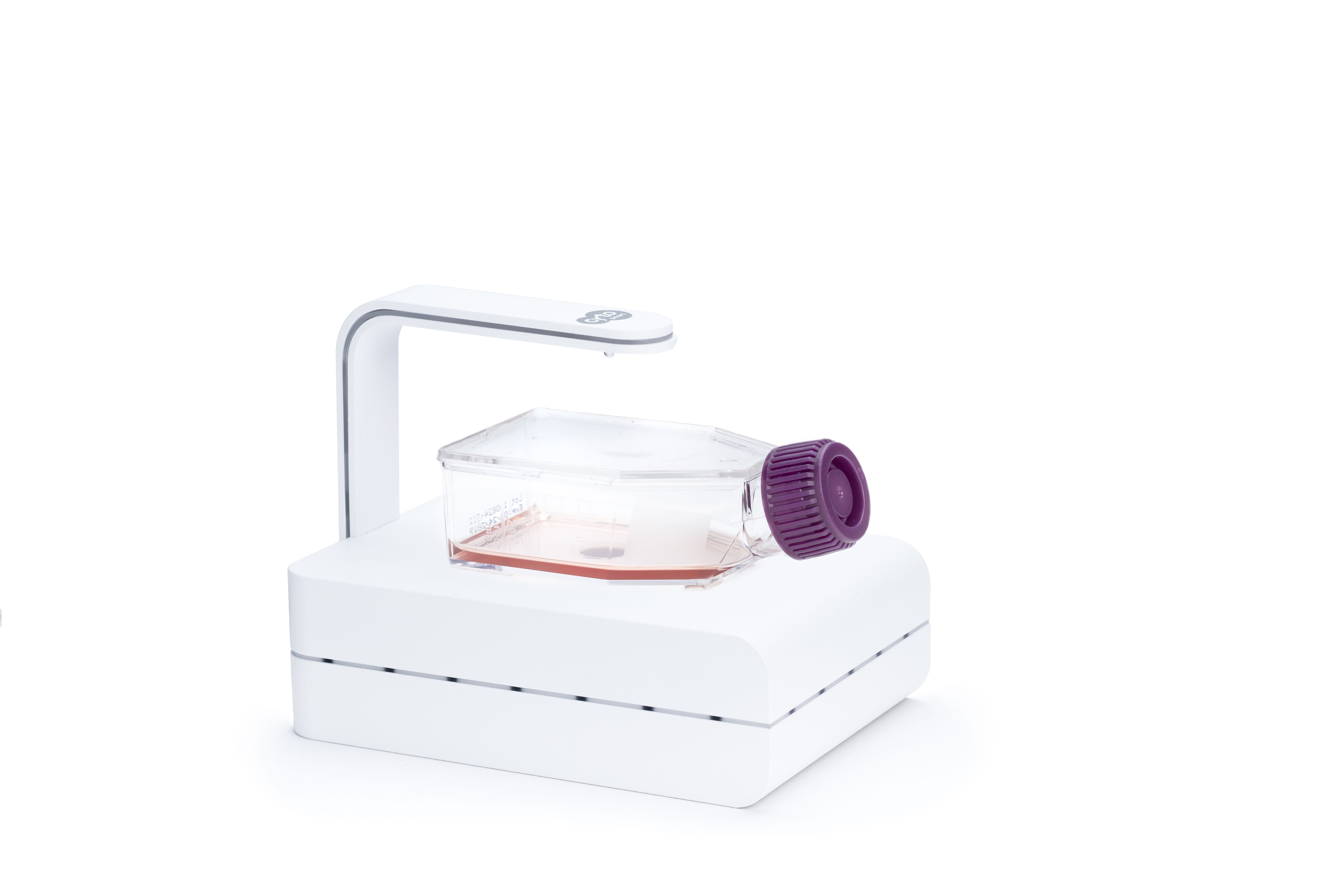
Dr James Nathan is Reader in Respiratory Medicine at the University of Cambridge, and Group Leader at the Cambridge Institute of Therapeutic Immunology and Infectious Disease (CITIID).
Dr Nathan (pictured) is a trained respiratory physician who has carried out extensive research at Harvard, and Cambridge Universities. He set up his own lab in 2013 focusing on how cells sense and adapt to oxygen and nutrients in addition to how this impacts certain diseases. Since March 2020, his group has been conducting research into how low oxygen (hypoxia) affects COVID-19 infected patients.
Hypoxia is a marker of severity in patients suffering from the virus, and the group is heavily focused on investigating how cells respond to hypoxia on a mechanistic level. They are studying responses to changing levels of oxygen in the nose, airways, and lungs, and how the virus then manipulates oxygen pathways to infect other cells. Dr Nathan is particularly interested in how the virus regulates the main receptor from SARS-CoV-2, ACE2.
Comprised of clinicians, post-docs, PhD students and research assistants, Dr Nathan’s group* are all engaged in different areas of hypoxia-related COVID-19 research, but all utilise a Whitley H35 Hypoxystation to conduct genetic screening with liquid protein DNA samples.
Dr Nathan was first introduced to Don Whitley Scientific at the Hypoxia: Molecules, Mechanisms and Disease meeting in Colorado 2020 where he was impressed with the Whitley H35 Hypoxystation. When the need arose earlier this year, he purchased one for his lab to culture immortalised cell lines such as A549 and Calu3, and primary human bronchial epithelial cells. These primary cells are grown on air liquid interfaces (an established model modified by Dr Frank McCaughan, University of Cambridge) and exposed to 1% oxygen in the H35.
“We’ve had a fantastic response from Don Whitley Scientific – both in terms of the initial purchase and setup, and the continued technical support.”
The team also use a CytoSMART Lux2 live cell imager to capture cell growth and to look at migration assays. The Lux2 is the world’s smallest live cell imager and the perfect fit for a Whitley Hypoxystation airlock.
When we asked Dr Nathan what he especially liked about the H35, he remarked that his team had found the interface very easy to use, the humidity well-maintained, the traceability very useful, and a much better visualisation of the inside of the chamber compared to competitor models. He commented that given his experience with other manufacturers, the design of the Hypoxystation was far superior, and the support from DWS was unequalled.
*Group members: Dr Brian Ortmann, Dr Guinevere Grice, Dr Peter Bailey, Dr Tekle Pauzaite, Dr Esther Arnaiz Gonzalez, Dr Niek Wit, Dr Anthony Martinelli, Mr James Bertlin, Mrs Rachel Seear


 au
au


 English
English